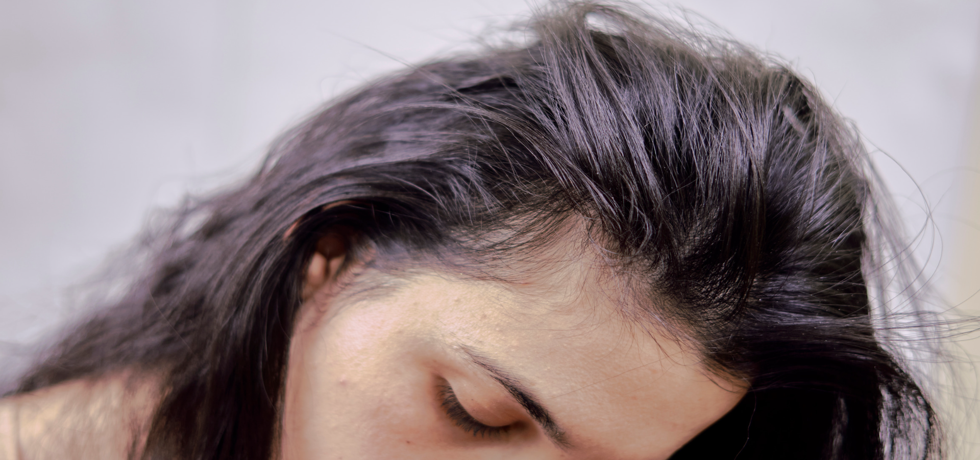
Understanding the Strength: Minoxidil for Hair Regrowth
Your Guide to Effective Hair Regrowth Solutions
What is Minoxidil?
Minoxidil is an FDA-approved medication primarily targeted at hair loss. Originally designed for hypertension, it was discovered that its application could promote hair regrowth. Delivered in topical formulations like solutions or foams, minoxidil is applied directly to the scalp. This treatment is believed to help improve blood flow to hair follicles, which is crucial for stimulating hair growth and preventing further loss.
How Minoxidil Works
The exact mechanism of minoxidil is still a topic of research, but its role in widening blood vessels and enhancing blood circulation is well-established. This improved blood flow nourishes hair follicles, providing them with the necessary nutrients for growth. Additionally, minoxidil can prolong the anagen phasethe growth period of hair folliclesallowing hair strands to thrive, potentially resulting in thicker and healthier hair.
Minoxidil 2% vs 5%: Which to Choose?
When it comes to determining the appropriate dosage of minoxidil, especially for hair regrowth, the options include 2% and 5%. Minoxidil 2% is considered a lower-strength solution and is often recommended for newcomers to the treatment or those with sensitive skin. While effective, it may require more time to yield visible results.
Conversely, minoxidil 5% offers a higher concentration, potentially leading to quicker and more significant results in hair regrowth. The increased absorption can enhance its effectiveness. However, keep in mind that higher strengths might also heighten the risk of side effects, which is something to discuss with your dermatologist.
Potential Side Effects to Consider
Like any treatment, minoxidil is not without side effects. The most common include scalp irritation, which may appear as itching or redness, and in some cases, unwanted facial hair growth, particularly for women. Moreover, though rare, cardiovascular effects and allergic reactions may occur, underscoring the importance of adhering to usage guidelines and consulting a medical professional for any persistent symptoms.
Alternatives to Minoxidil for Hair Loss
While minoxidil is a leading option for hair loss treatment, there are alternatives worth exploring. Finasteride, an oral medication that reduces DHT levels, can be effective in preventing hair loss, mainly in men. Another alternative is Redensyl, a newer ingredient that claims to activate hair follicles and promote growth, though more research is needed to validate its efficacy compared to minoxidil.
Conclusion: Personalized Care is Key
In understanding minoxidil’s role in hair regrowth, it’s vital to assess your specific needs, preferences, and the severity of hair loss before deciding on a treatment. Consulting with a healthcare professional or a dermatologist at The Skin Artistry can help tailor an effective strategy that suits you.
Remember, achieving successful hair regrowth often requires patience and consistent application of your chosen treatment. With the right approach, you can work towards maintaining healthy hair and restoring your confidence.
For professional assistance and expert advice from leading dermatologists like Dr. Hital Patel, experience the benefits of Understanding the Strength: Minoxidil for Hair Regrowth with Hair & Skin Specialist Dr. Hital Patel at The Skin Artistry. Our clinics in PDPU Gandhinagar, Vastrapur Ahmedabad and Hyderabad (Visiting Consultant) offer top-quality care and personalized treatments. Visit us today to learn more about our services and take advantage of our special offers! For more insights, updates, or to collaborate, stay connected with The Skin Artistry.

